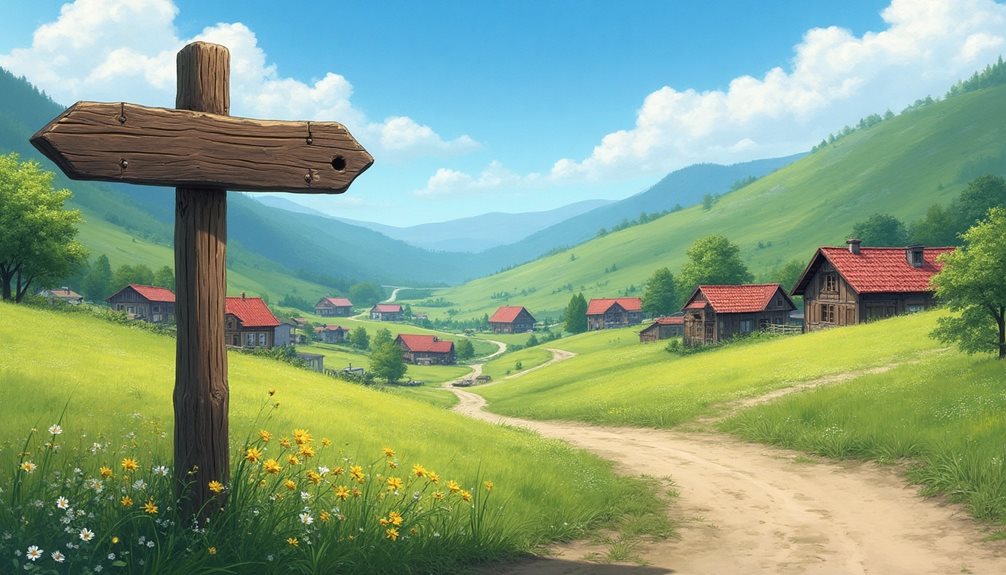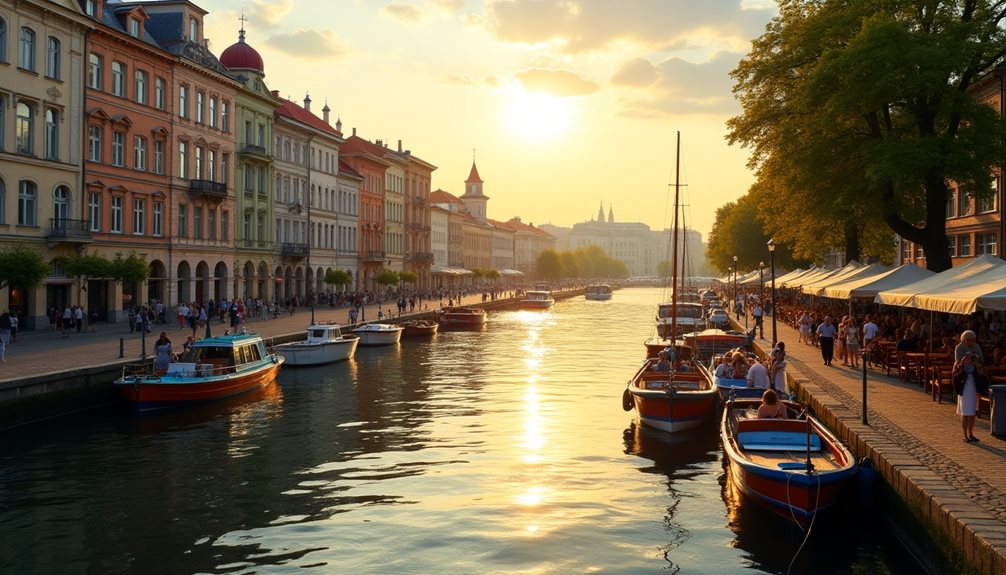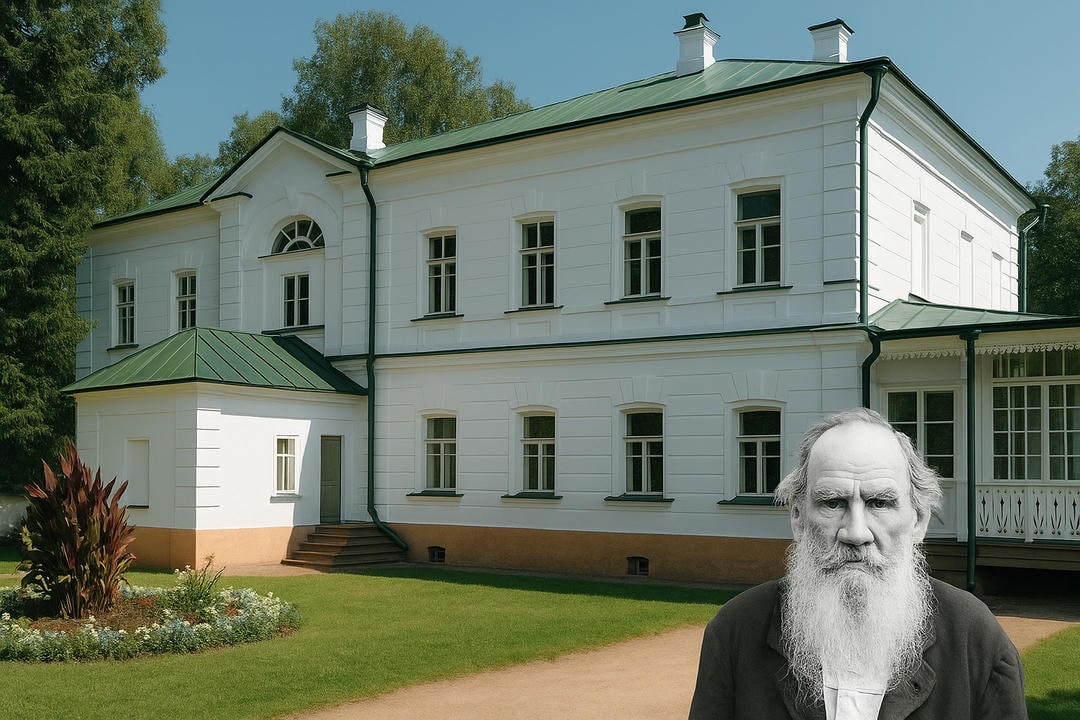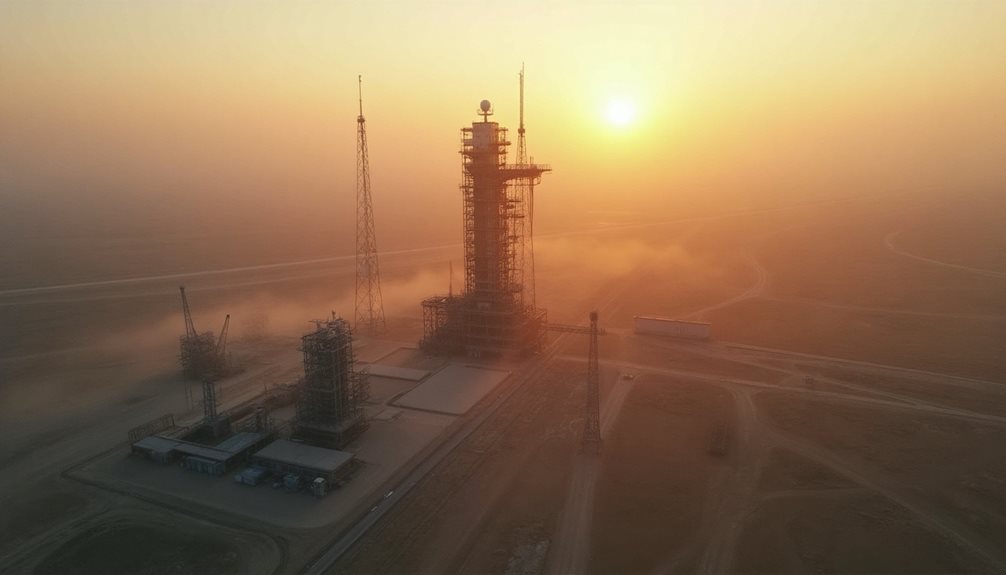Russia’s past is a mosaic of historical wonders that beckon exploration. Each destination offers a unique glimpse into the country’s diverse heritage. From ancient fortresses to serene churches, these sites tell stories of resilience and artistry. Their architectural splendor invites contemplation of the events that shaped a nation. Yet, the journey through these remarkable locations reveals only a fraction of what Russia has to offer. What hidden gems await discovery in this vast landscape?
Introduction
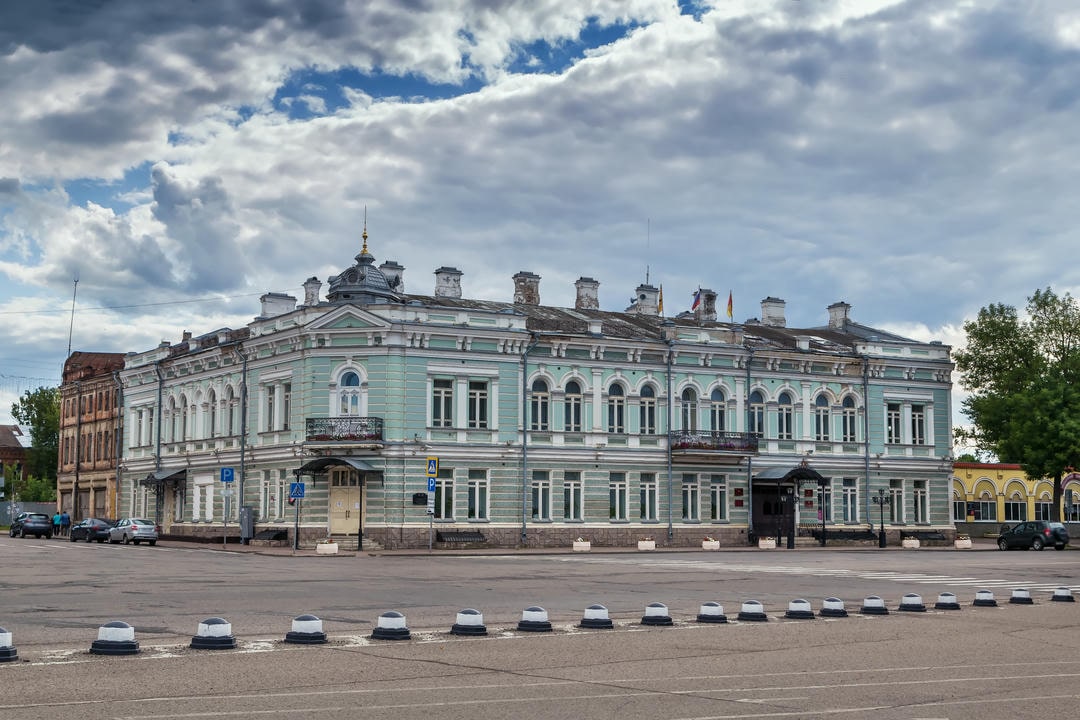
Russia’s expansive landscape is steeped in rich history, offering an enchanting journey through time.
From imperial palaces to ancient fortresses, the country’s historical destinations attract history enthusiasts eager to explore its storied past.
Each site tells unique tales, inviting visitors to experience the echoes of civilizations that have shaped this enigmatic nation.
What draws history enthusiasts to Russia’s vast landscapes? The allure lies in the ancient artifacts, vibrant historical reenactments, and dedicated cultural preservation.
Each destination offers a unique glimpse into the past, inviting visitors to experience the stories that shaped the nation. Historical tourism thrives as travelers explore meticulously restored architectural gems, from grand palaces to rustic fortresses.
Enthusiasts wander through museums filled with treasures, while reenactments bring history to life, immersing them in the drama of bygone eras.
In Russia, the past is not merely remembered; it is celebrated, allowing visitors to connect deeply with history.
Regional Highlights
Regional highlights showcase a rich history and culture.
Sochi stands out with its blend of ancient ruins from Lazica and Abkhazia, juxtaposed against the backdrop of Soviet-era resorts and Olympic heritage.
Meanwhile, Kolomenskoye in Moscow offers a glimpse into royal life, featuring the stunning 17th-century Church of the Ascension, a confirmation of the country’s architectural prowess.
Sochi
Nestled along the picturesque Black Sea coast, Sochi emerges as a vibrant mosaic woven from the threads of ancient history and modernity.
The city showcases stunning Sochi architecture, where the remnants of Lazica history meet the haunting beauty of Abkhazian ruins. Visitors can wander through the remnants of churches that whisper tales of a bygone era.
In contrast, the legacy of Soviet resorts invites exploration, offering a glimpse into mid-20th-century leisure. Sochi’s Olympic legacy adds another layer, celebrating its role as a host city that unites the past and present, making it a fascinating destination for history enthusiasts.
Kolomenskoye (Moscow)
While the bustling city of Moscow thrives around it, Kolomenskoye stands as a serene reminder of Russia’s royal past.
This historic Kolomenskoye estate, once a favored retreat for Tsars, showcases exquisite architecture and lush landscapes. The 17th-century Church of the Ascension, a UNESCO World Heritage site, exemplifies the pinnacle of Russian wooden architecture and symbolizes the cultural significance of the era.
Visitors can explore the grounds, filled with intriguing Moscow landmarks, and investigate the royal history that shaped the nation.
Kolomenskoye serves as a tranquil escape, inviting all to appreciate the rich fabric of Russia’s heritage.
Historical and Architectural Marvels
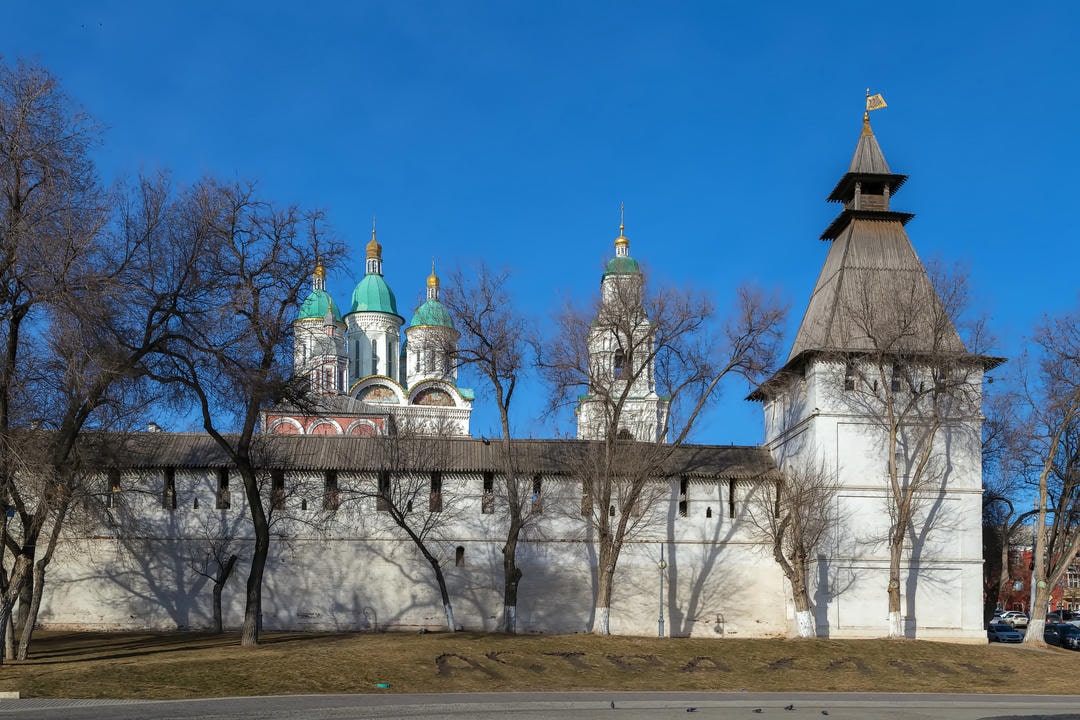
Russia’s architectural wonders are testaments to the nation’s rich history and artistic brilliance. From the elaborate wooden structures of Kizhi Island to the breathtaking Baroque elegance of Novodevichy Convent in Moscow, each site provides a unique window into the region’s cultural heritage.
Additionally, the imposing Peter and Paul Fortress in St. Petersburg marks the city’s birthplace, combining historical significance with remarkable design.
Kizhi Island
Kizhi Island, renowned for its stunning wooden architecture, embodies the spirit of traditional Russian craftsmanship.
This UNESCO World Heritage site features exquisite structures, including the iconic Church of the Transfiguration, adorned with 22 domes. Each building showcases the intricate artistry of wooden architecture, reflecting the cultural significance of the region.
The island is a symbol of traditional crafts preserved through generations, embodying the resilience and creativity of local artisans.
Visitors to Kizhi Island are immersed in a world where history and artistry converge, celebrating the enduring legacy of Russia’s rich cultural heritage.
Novodevichy Convent
Located in the heart of Moscow, Novodevichy Convent is a stunning example of Baroque architecture, captivating visitors with its graceful lines and ornate details.
This UNESCO World Heritage site is one of Moscow’s most cherished landmarks, holding immense historical significance and reflecting the city’s rich cultural heritage.
As tourists explore its serene grounds, they admire the intricate frescoes and elegant spires that tell the story of Russia’s past.
The convent’s dedication to cultural preservation ensures that future generations can experience its beauty and tranquility, making it a must-visit destination for those seeking to immerse themselves in Russian history.
Peter and Paul Fortress
The grandeur of the Peter and Paul Fortress, a remarkable symbol of St. Petersburg, captivates visitors with its fortress architecture and rich historical significance. Founded by Peter the Great in 1703, it stands as a monument to Russian heritage, embodying the spirit of a city born from ambition and resilience.
Its towering spire, home to the Peter and Paul Cathedral, is a striking feature that dominates the skyline. Within its walls, the fortress has served various roles, from a military stronghold to a burial site for Russian emperors, making it an essential destination for those exploring Russia’s engaging past.
Medieval Fortresses
Amidst Russia’s expansive history, medieval fortresses stand as imposing reminders of bygone eras.
The Izborsk Fortress, with its ancient stone walls, recalls tales of defense and resilience, while the Kolomna Kremlin, a striking red brick stronghold near Moscow, showcases the architectural ingenuity of its time.
Together, these fortifications offer a glimpse into the strategic significance and cultural heritage of medieval Russia.
Izborsk Fortress
Although often overshadowed by larger castles, Izborsk Fortress stands as a tribute to medieval architecture and strategic military design.
Its imposing stone walls, a demonstration of the ingenuity of fortress architecture, have witnessed centuries of historical significance. Once a stronghold in medieval warfare, Izborsk served as a defense against invaders, embodying the spirit of resilience.
Today, restoration efforts breathe new life into this cultural heritage site, inviting visitors to explore its storied past.
The fortress not only offers a glimpse into Russia’s rich history but also serves as a reminder of the enduring strength found in its ancient stones.
Kolomna Kremlin
Located along the confluence of the Moscow River and the Kolomenka River, Kolomna Kremlin stands as a striking example of medieval fortification, its red brick walls rising majestically against the skyline.
This architectural gem, steeped in Kolomna history, showcases the significant role of such fortifications in protecting Russian territories. Built in the 16th century, the Kremlin reflects the ingenuity of its era, blending functionality with aesthetic appeal.
Today, it serves as an essential piece of cultural heritage, attracting visitors eager to explore its towers and gates, while offering a glimpse into the resilience and artistry of medieval Russia.
Solovetsky Islands
Solovetsky Islands, a remote archipelago in the White Sea, serve as a poignant symbol of the intertwining of monastic life and Soviet history.
This site, steeped in monastic traditions, boasts a rich fabric of historical preservation, showcasing stunning Soviet architecture alongside ancient monasteries.
The island’s isolation has fostered a unique cultural significance, where spirituality and resilience have endured tumultuous eras.
Visitors can explore the remnants of the Solovetsky Monastery, reflecting the profound impact of monasticism on Russian heritage.
Amidst the stark beauty of the landscape, the islands invite contemplation of freedom, faith, and the complex narrative of human experience.
Izborsk Fortress
Nestled in the scenic landscape of Pskov Oblast, Izborsk Fortress stands as a monument to medieval architecture and strategic military ingenuity.
This impressive stone-and-wood fortress, with its reconstructed sections, invites visitors to explore its hidden passages and uncover local legends that speak of valor and mystery.
Historical reenactments bring the fortress to life, immersing spectators in its rich past.
Preservation efforts guarantee that this architectural gem endures, allowing future generations to appreciate its significance.
Izborsk Fortress not only reflects the resilience of its builders but also serves as a tribute to the enduring spirit of freedom and heritage.
Kazan Kremlin
The Kazan Kremlin, a UNESCO World Heritage site, stands as a striking representation of the harmonious coexistence of Orthodox and Islamic cultures in Russia.
This architectural marvel showcases a unique cultural synthesis, with its majestic structures like the Söyembikä Tower and the Annunciation Cathedral reflecting both religious traditions.
The Kremlin’s historical significance lies in its role as a symbol of religious coexistence, attracting tourists keen to explore this rich heritage.
Visitors marvel at the architectural harmony that defines the site, where every corner tells a story of a vibrant past, making it a must-visit tourist attraction for those seeking cultural depth.
Soviet-Era Relics
Soviet-era relics offer a haunting glimpse into Russia’s complex past, where history and ideology intertwine.
Lenin’s Mausoleum stands as a solemn memorial to the revolutionary leader’s enduring influence, attracting visitors keen to witness the carefully preserved remains of a pivotal figure in global communism.
Meanwhile, the Submarine Graveyard serves as a striking reminder of the Cold War’s naval prowess, with rusting vessels lying in silence, echoing tales of maritime ambition and geopolitical tensions.
Lenin’s Mausoleum
At the heart of Moscow’s Red Square stands Lenin’s Mausoleum, a striking edifice that serves as both a shrine and a symbol of the Soviet era. This architectural marvel embodies Lenin’s legacy, illustrating the historical significance of his role in shaping modern Russia.
The mausoleum architecture, with its bold, angular design, draws visitors from around the world. Public access allows individuals to witness commemorative events, where crowds gather to honor the past.
As a focal point of reflection, Lenin’s Mausoleum invites contemplation of freedom, power, and the complexities of a nation endeavoring to reconcile its history with its aspirations.
Submarine Graveyard
Located not far from the bustling streets of Moscow, the Submarine Graveyard serves as a haunting reminder of the Soviet Union’s formidable naval power and its subsequent decline.
This site, steeped in submarine history, features decommissioned vessels that once represented cutting-edge naval technology during the Cold War.
As rusting giants lie submerged, they offer a unique glimpse into past underwater exploration and the geopolitical struggles of their time.
Maritime archaeology enthusiasts are drawn to the eerie beauty of these relics, where the legacy of military might confronts the inexorable passage of time, evoking a profound sense of freedom and reflection.
Conclusion
Russia’s historical landscape is a fabric woven with threads of diverse cultures and epochs.
From the remnants of ancient civilizations to the grandeur of diverse architectural styles, Russia’s historical destinations encapsulate a myriad of cultural influences. Historic trade routes once thrived here, weaving together a mosaic of narratives that reflect the nation’s evolution.
Each site reveals unique stories, inviting exploration of the interplay between tradition and modernity. As travelers traverse this land, they uncover the profound impact of its rich history, celebrating the freedom that comes with understanding its complex heritage.

